From a career in criminal justice to volunteering with threatened hooded plovers – BirdLife Hooded Plover Volunteer Coordinator tells us how being a keen mountaineer, sailor and birder led him here. Meet John Cobb.
"I think it’s an important role that we need to intervene proactively to try and stem the loss of wildlife.”
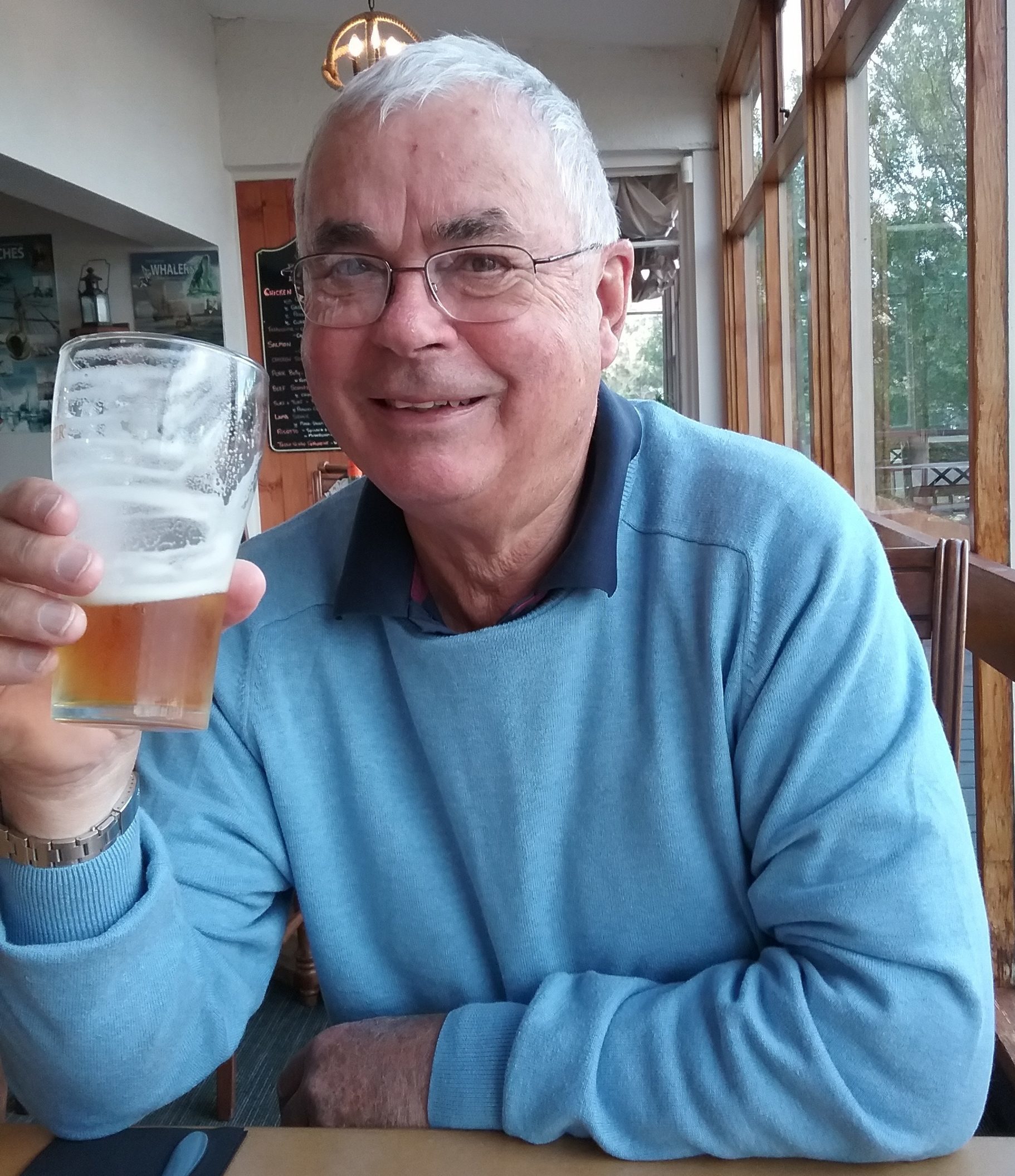
“As a kid I bred zebra finches, and if I came across injured animals, I would take them home or take them to a vet to look after.
I remember splinting a magpie’s leg with a matchstick and keeping it and feeding it and loving it until it was fit and I could release it."
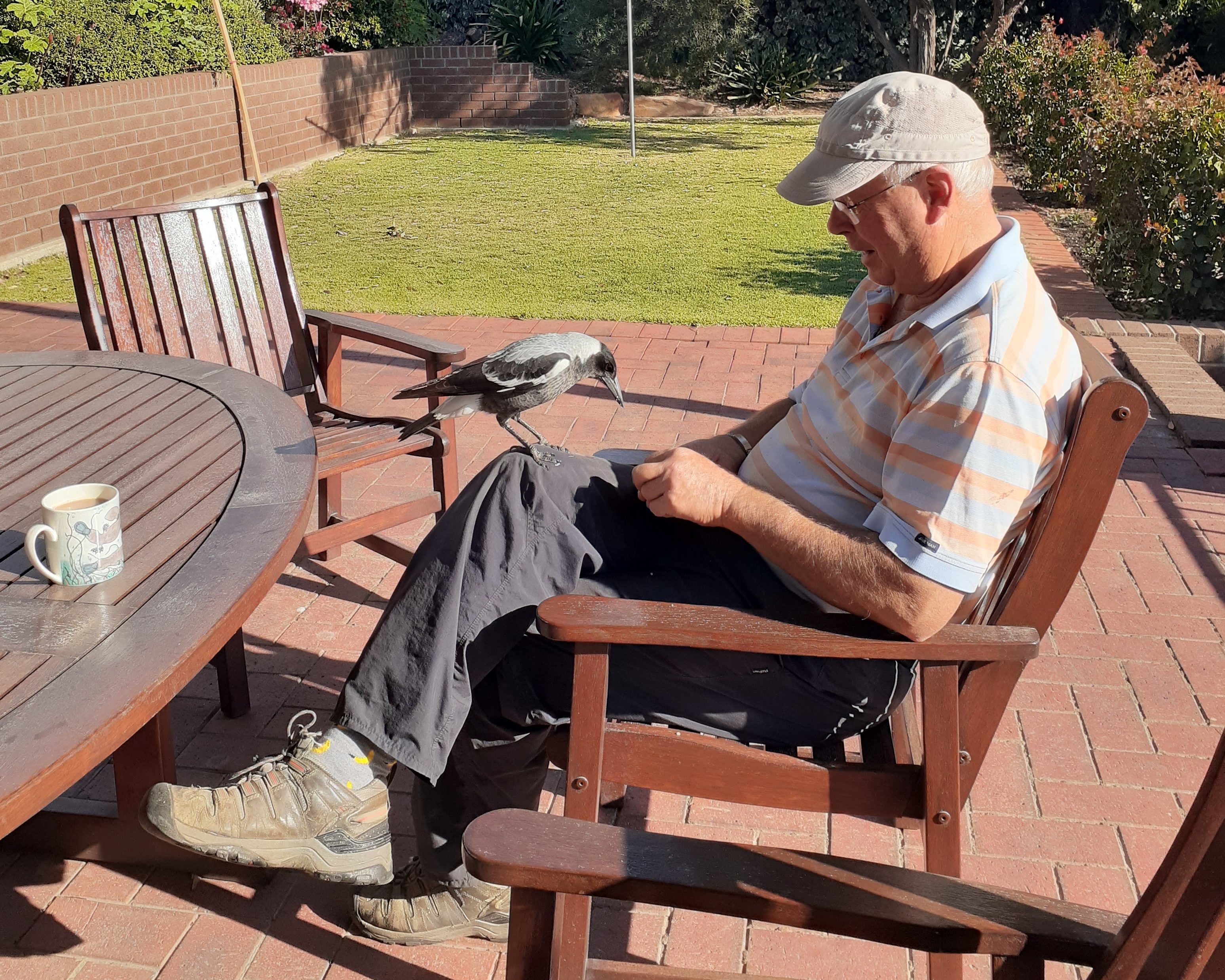
I’m retired. I previously worked throughout my career in the criminal justice sector, initially police force and then the probation service and then victims of crime.
Came from England originally, also lived in Canada when I was younger. We emigrated to Australia 24 years ago because our two daughters met and married Aussie boys and came over here – so I took a package and we came over and joined.
I was in a senior executive role in the probation service, I was assistant chief officer, which is equivalent to an assistant commissioner of police or corrections over here.
Being heavily involved in the outdoors all my life – I have been a keen mountaineer for many, many years, keen sailor, very keen on birds for donkey’s years – getting involved with the hooded plover program was just a natural progression I suppose.
So that’s my background in a nutshell. Happily married for 50-odd years, 2 children and 5 grandchildren."
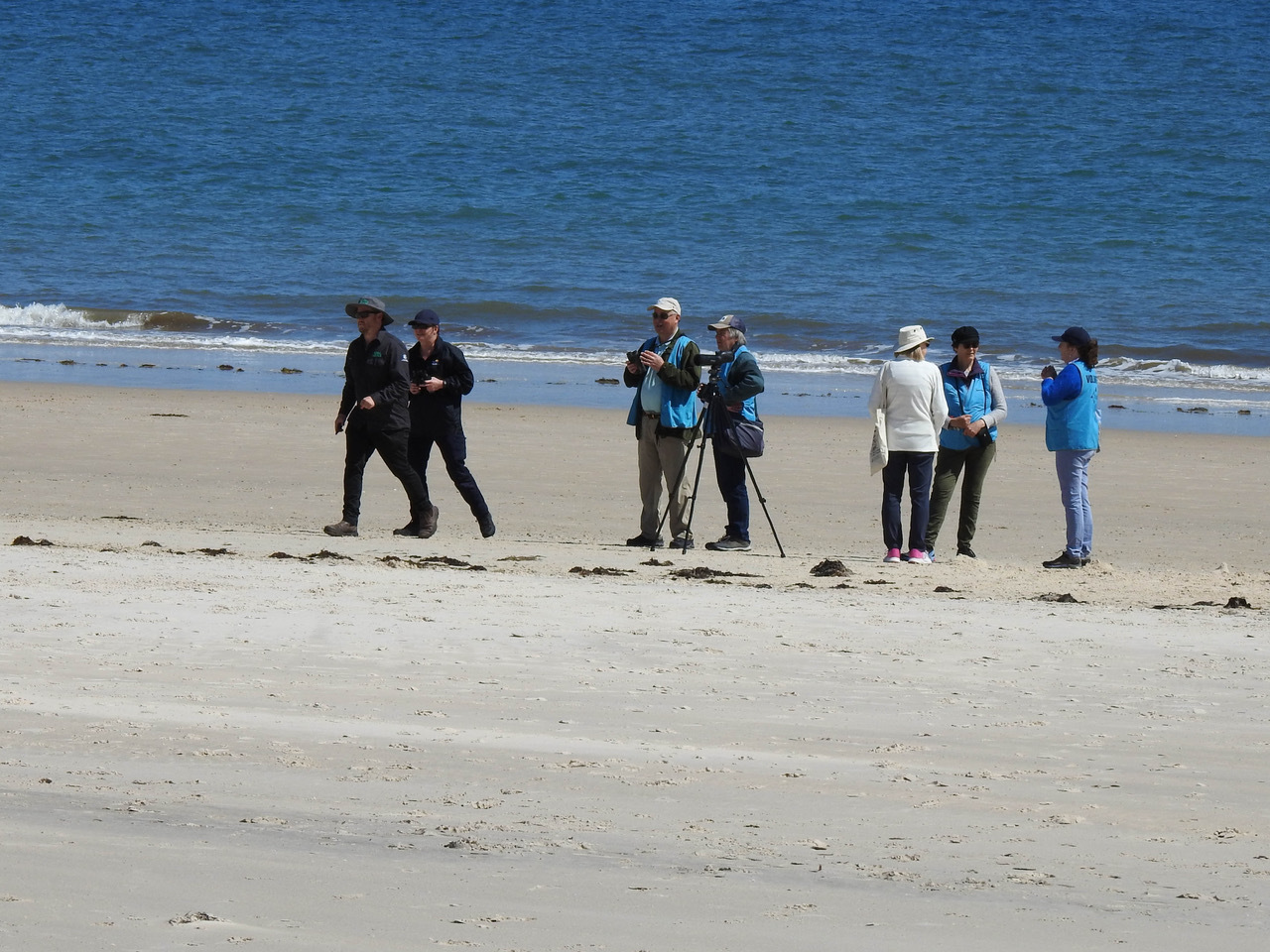
"I’d been a member of BirdLife Australia prior to [becoming a hooded plover volunteer] and I guess I just heard about it through my membership. One of the attractions was to be able to do something locally.
I’ve been a keen birder more or less all of my life, and often travelled as part of that – but to have the opportunity to be involved in a worthwhile environmental cause, involving birds, right on my doorstep, was obviously a high motivation.
[I’ve been part of the program for] just over 10 [years now].”
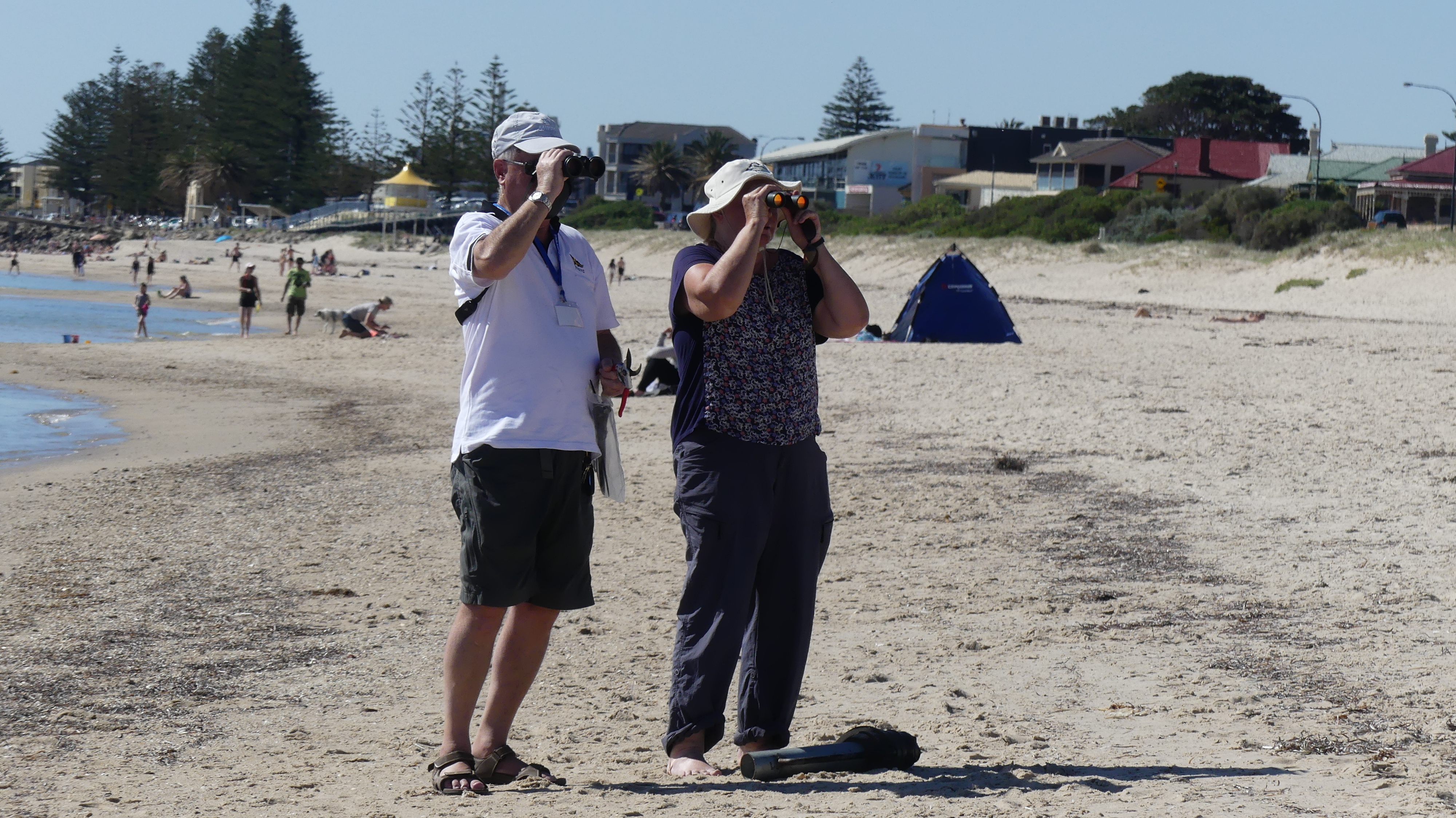
“Seeing a new species of bird for the first time is something that really makes my heart sing. I don’t regard myself as a serious twitcher, I regard myself as a birder.
I’m not one that roars all over the place looking for a new species but we’re caravaners and we travel a lot, and we get into different parts of Australia – different environments, differently climates – and I always research the birds that are available there, that you don’t see in your backyard. So when I see one of those for the first time, yep, it’s a lifer, and it gives me a joy."
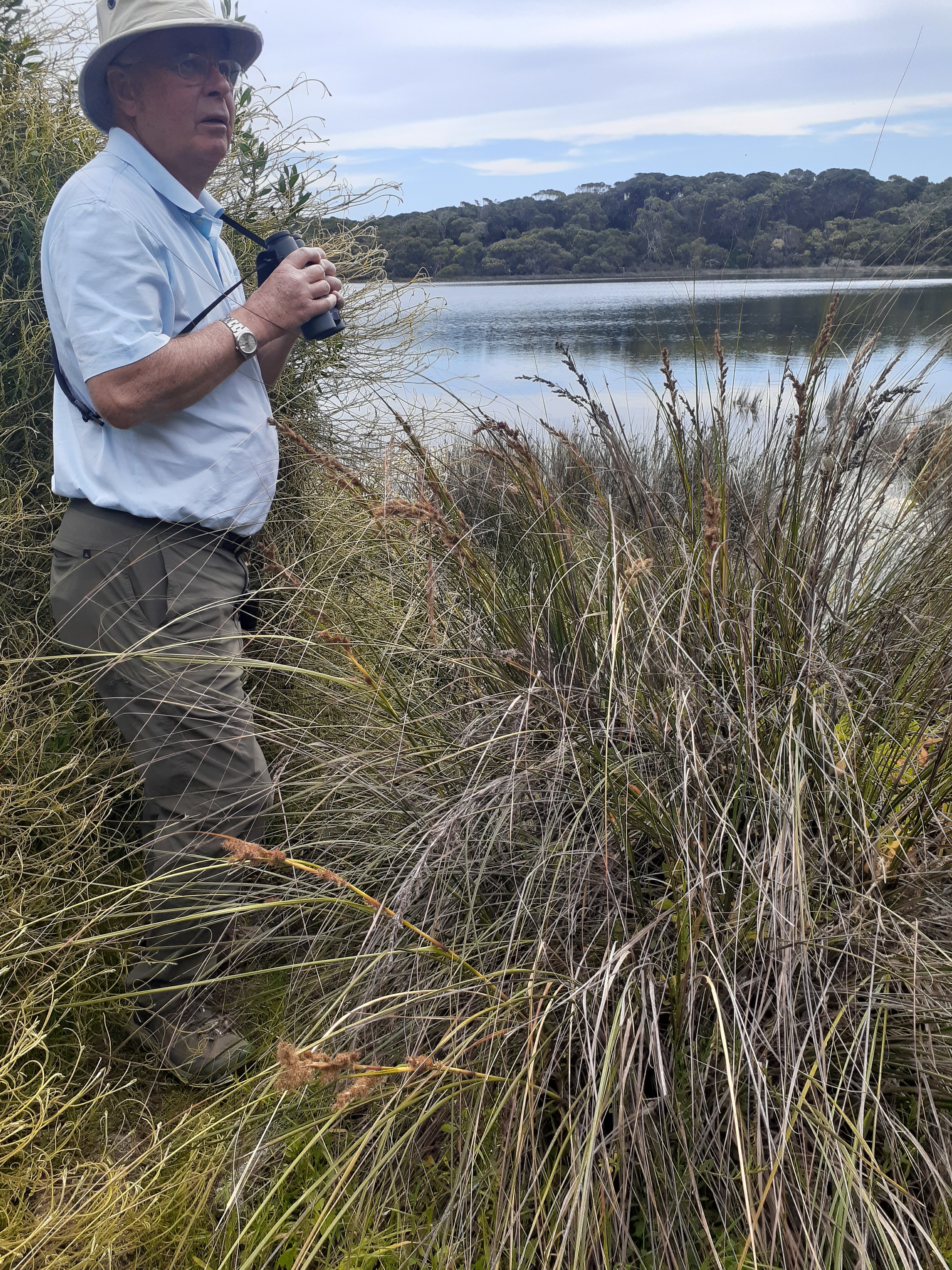
“[My favourite Adelaide animal has] got to be the hooded plover. I can’t say other than that!”
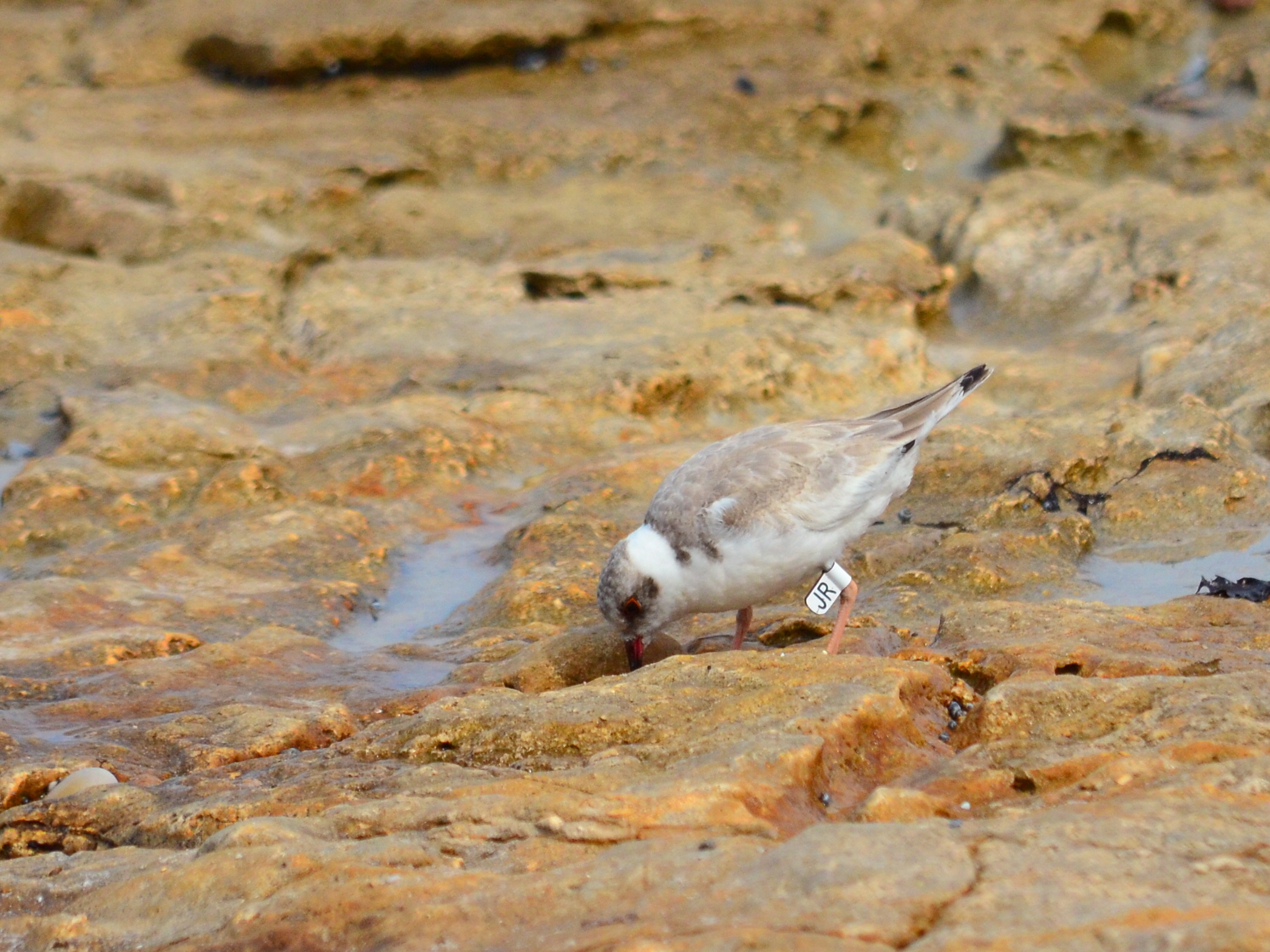
"My favourite bird is actually the Eurasian curlew, which is a close relative of our eastern curlew. Very, very similar to look at but the Eurasian curlew has a wonderful evocative call and if you watch any British movies or series involving the countryside you can often hear it in the background.
It’s a bit like an owl hoot or a fox cry in some of these things – they often put that in the background. And it’s a wonderful sound, absolutely wonderful, and it reminds me of many happy days walking and mountaineering in Britain.
It’s a lovely bird.”
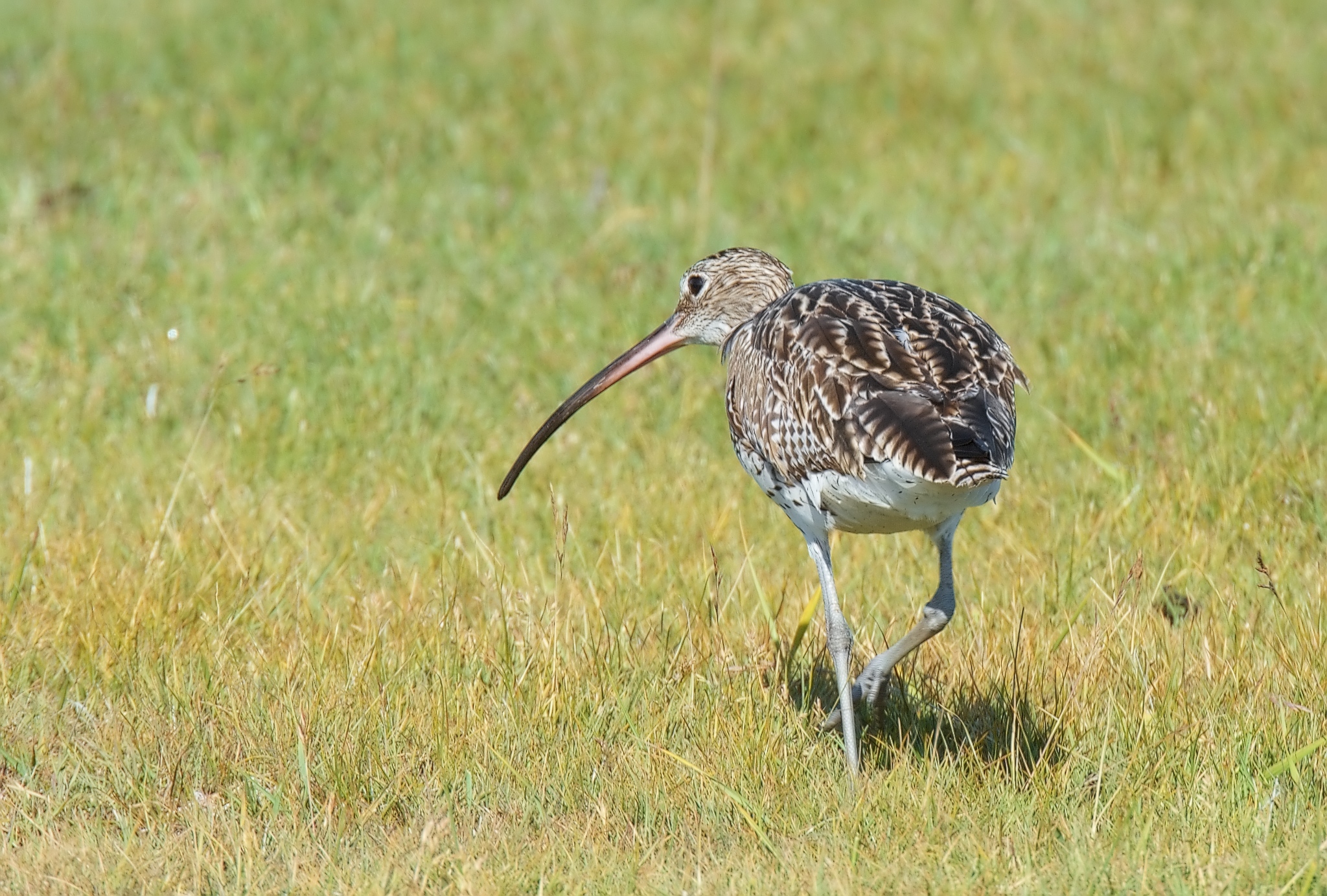
“[Dealing with the loss of hooded plover chicks and eggs] is hard and I think it’s particularly hard for new volunteers.
I know that there was a case further down the Fleurieu of a new volunteer who came across a chick I think it had been attacked and decapitated or something, and it was tough.
And there’s a number of volunteers that have experienced that.”
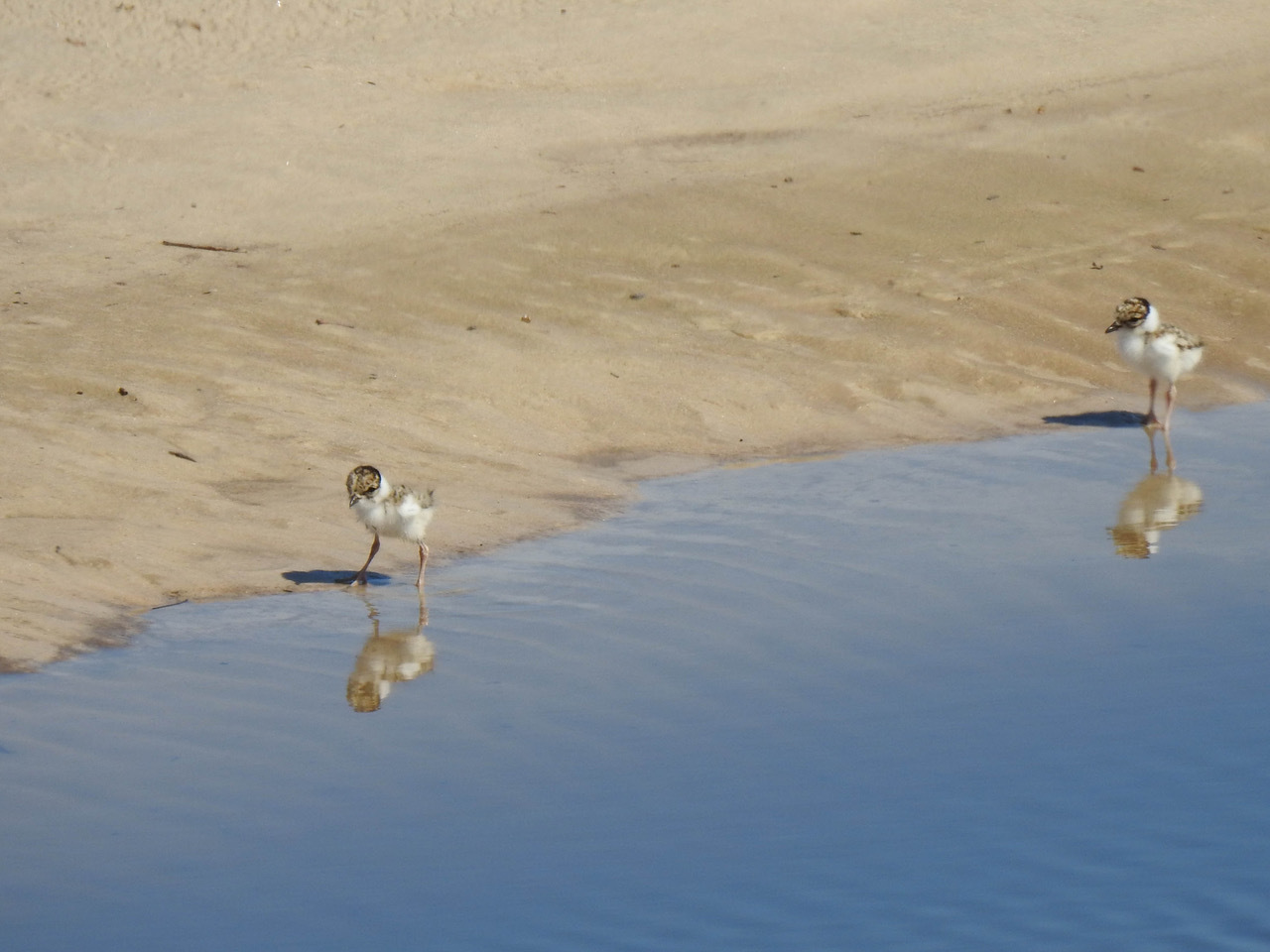
“Last season I intervened when a dog ran into a family of hooded plovers. I grabbed hold of the dog and was talking to the owner who was horrified when I made them aware of what had just happened.
Two adult hooded plovers and one chick were running away and we couldn’t see the second chick, and then it appeared literally between my legs and fell into a deep foot hole in soft sand. And it just lay there panting for about five minutes and I thought, “oh no, it’s had it” and then it suddenly stood up and waddled off.
And I thought “thank God for that” but we never saw it again – it died overnight.
So things like that are emotionally evocative, they do hurt. What I say to all volunteers is “look, we’ve got to look at the overall war – not the battle”.
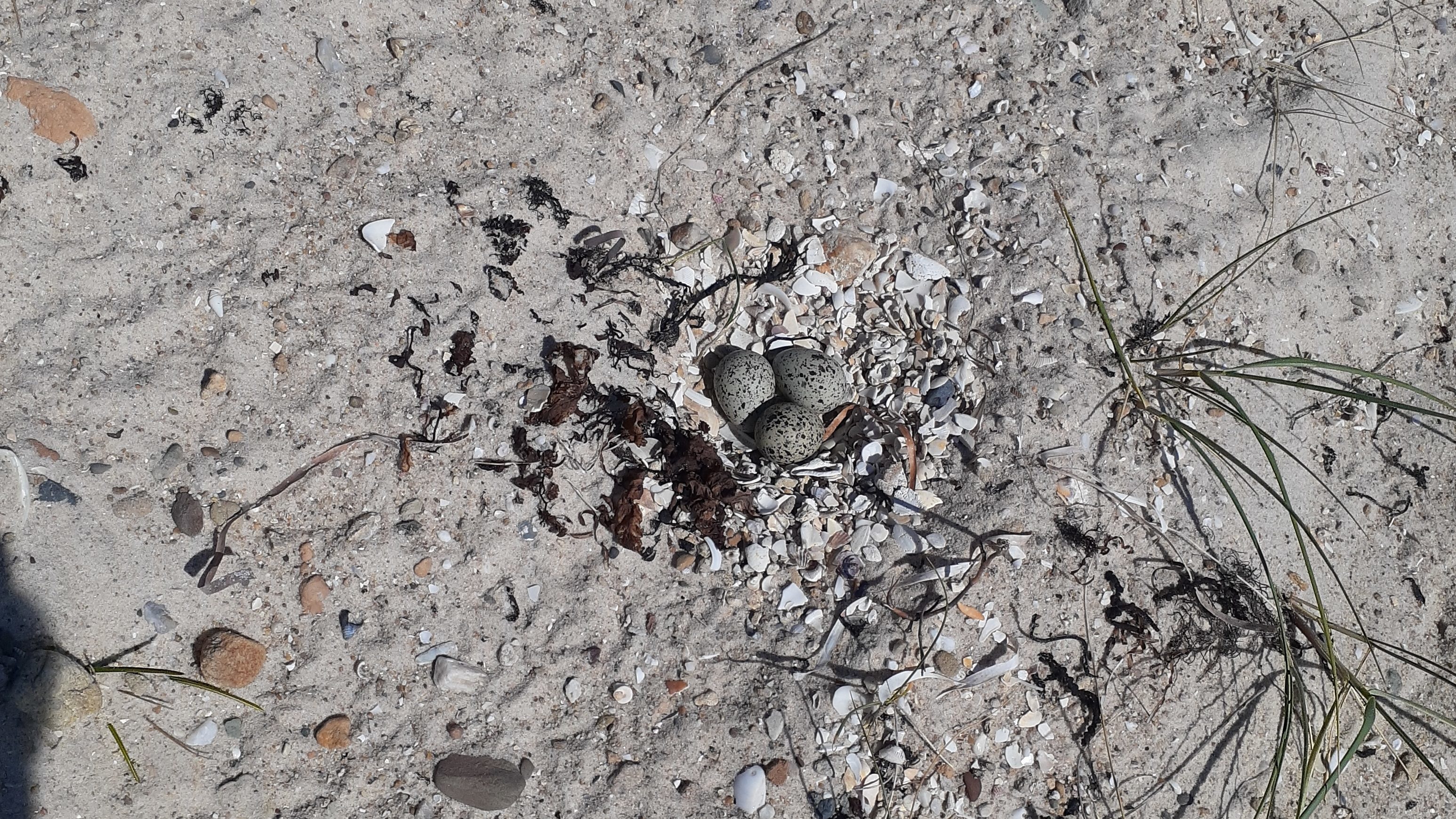
“Other things that are heart-wrenching and we see this far more frequently than lost eggs or chicks, is people ignoring by-laws and just letting their dogs run all over the place.
That’s the situation in Adelaide metro but further south and the Fleurieu, it’s people driving all over the place and not giving a damn. And then it’s places with people on horses that don’t give a damn.
So it’s these frustrations and it can be very, very hard, constantly approaching the public and sometimes copping abuse.
We’ve got no authority whatsoever other than to introduce ourselves, tell them about the birds, tell them about their vulnerability, that we’ve got chicks for example that can’t fly for five weeks, they’ve got to come down to the water to feed."
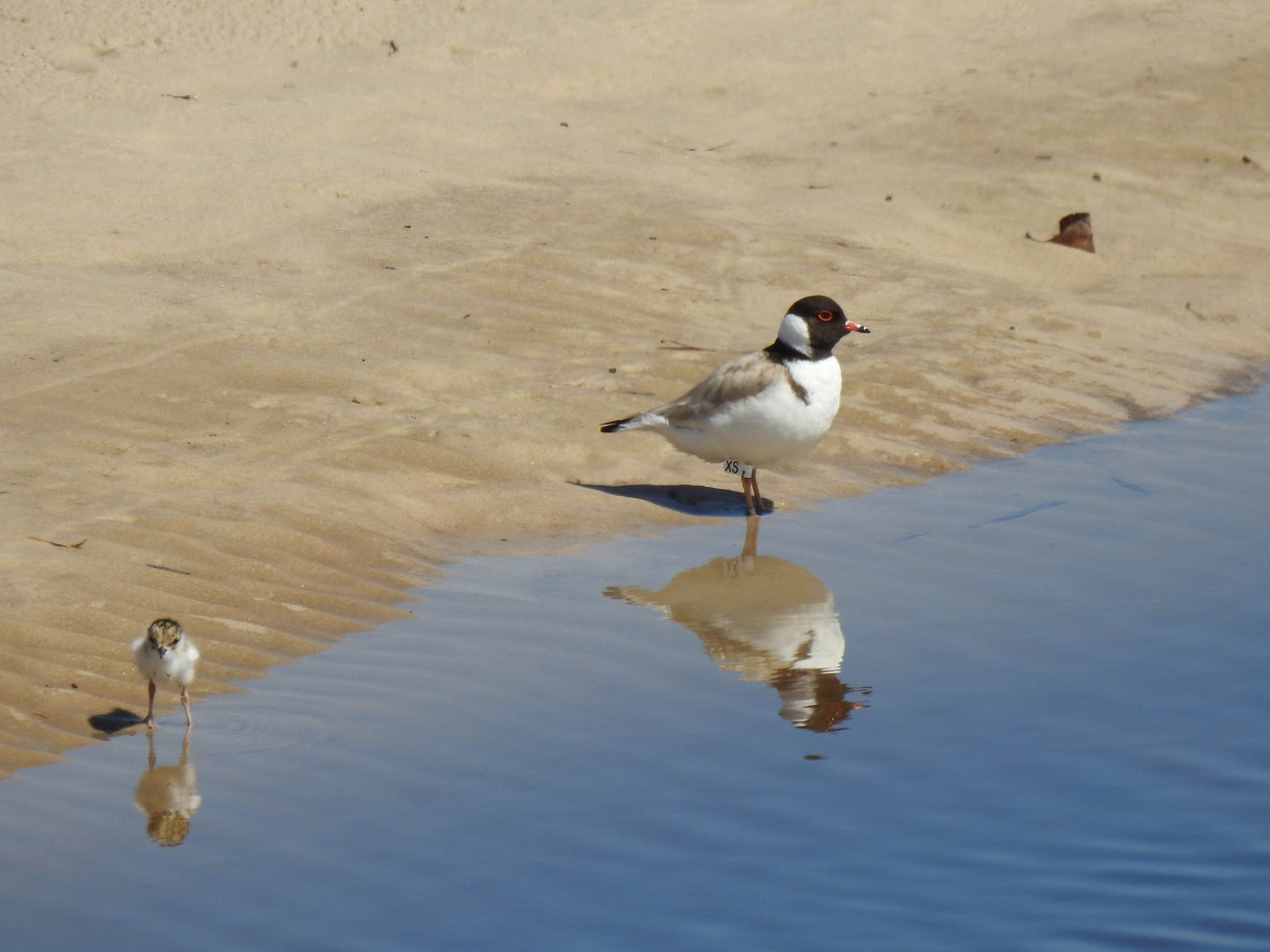
"So we go through those sort of explanations about why it would be really helpful if they put their dog on a lead and 99 times out of 100 people oblige – because it’s not wilful; they’re just talking, they’re on their phone, they don’t read the signs.
But every 1 in a 100 you get abuse. And that can be upsetting for volunteers.”
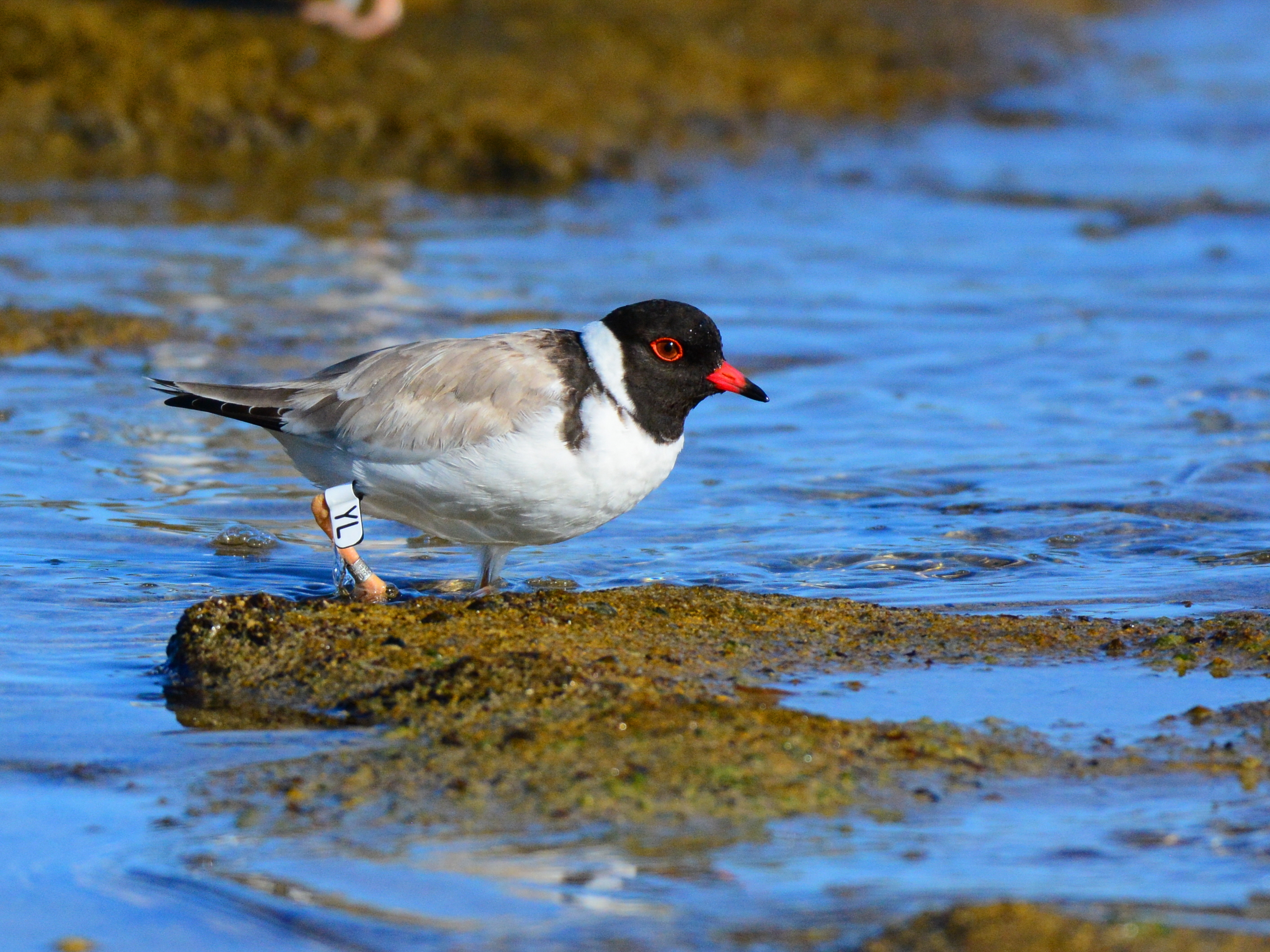
“[Volunteering] is personally valuable [to me] and I’ve volunteered and continue to volunteer in a number of capacities, and so, for me, that engenders a sense of worth, wellbeing, continuing purpose in life even though I’m retired; I’m still contributing.
So there’s all sorts of emotional and psychological benefits to me as an individual. There’s benefits to the environment in terms of helping to protect, in this case, a specific couple of species. So that makes it worthwhile.
There’s benefit in improving the knowledge of community members about the environment and specifically hooded plovers, so there’s a strong educational role in advocating for an improvement in wildlife. So I get a lot of satisfaction out of that. That all contributes to the sense of worth."
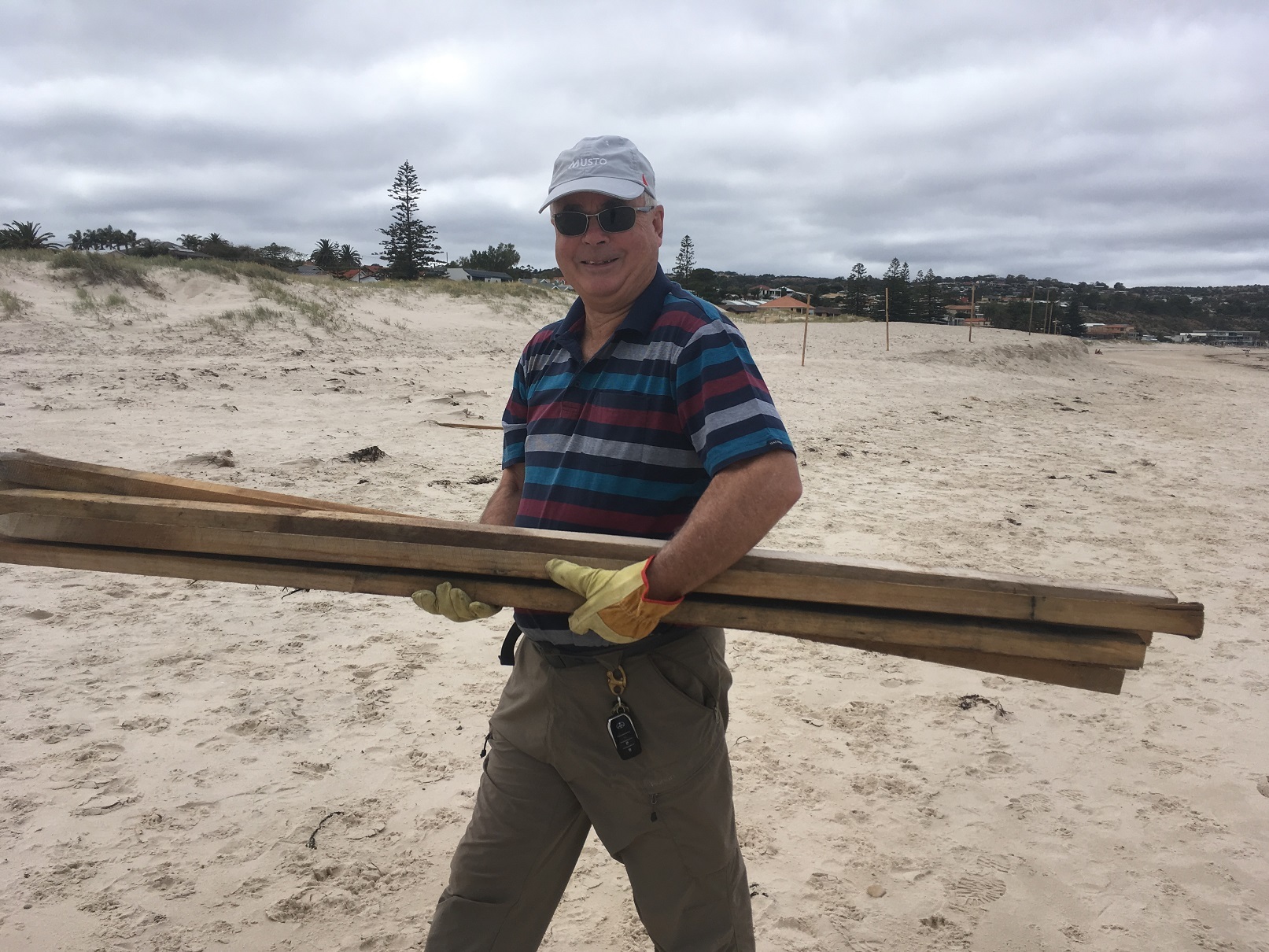
“It also gets me out, gives me exercise, gives me fresh air, gives me community contact and it gives me challenges as well.
I’ve been in leadership roles professionally for most of my working life and I’ve got a quasi-leadership role now with BirdLife as the coordinator, so that’s fulfilling some of my skillset in terms of, you know, contacting people, educating people, leading people, some media work.
So some of those skills that I exercised as a professional, I can continue to demonstrate in a voluntary capacity.”
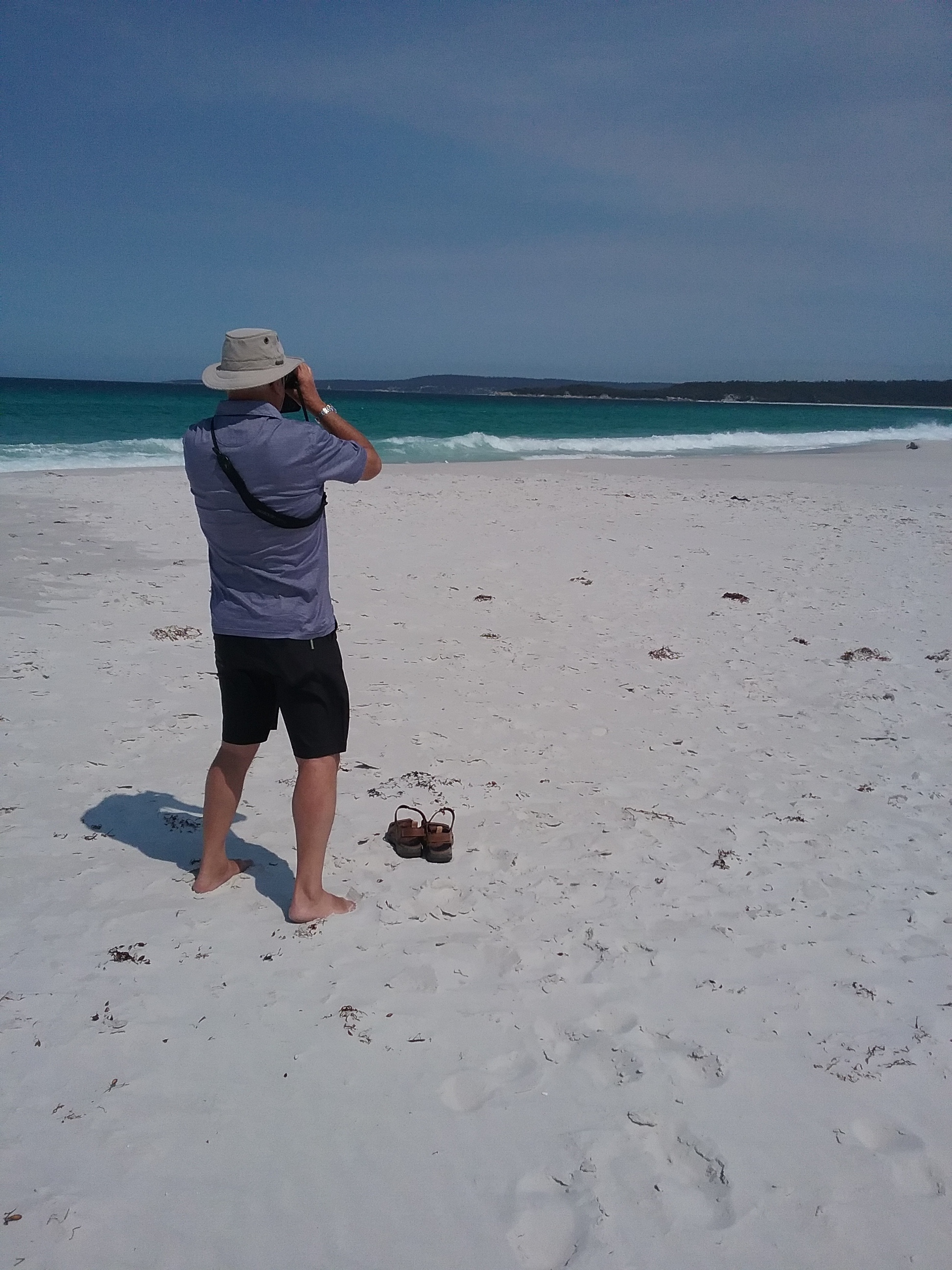
“[Protecting nature is important because there’s] so much at risk. You know, when you look at the loss of species in Australia since 1788, and you know, this is going on to this day.
And also, the loss of diversity of species, they need all the help that they can get in order to stop the losses and I don’t think we’re doing enough.
I think it’s an important role that we need to intervene proactively to try and stem the loss of wildlife.”
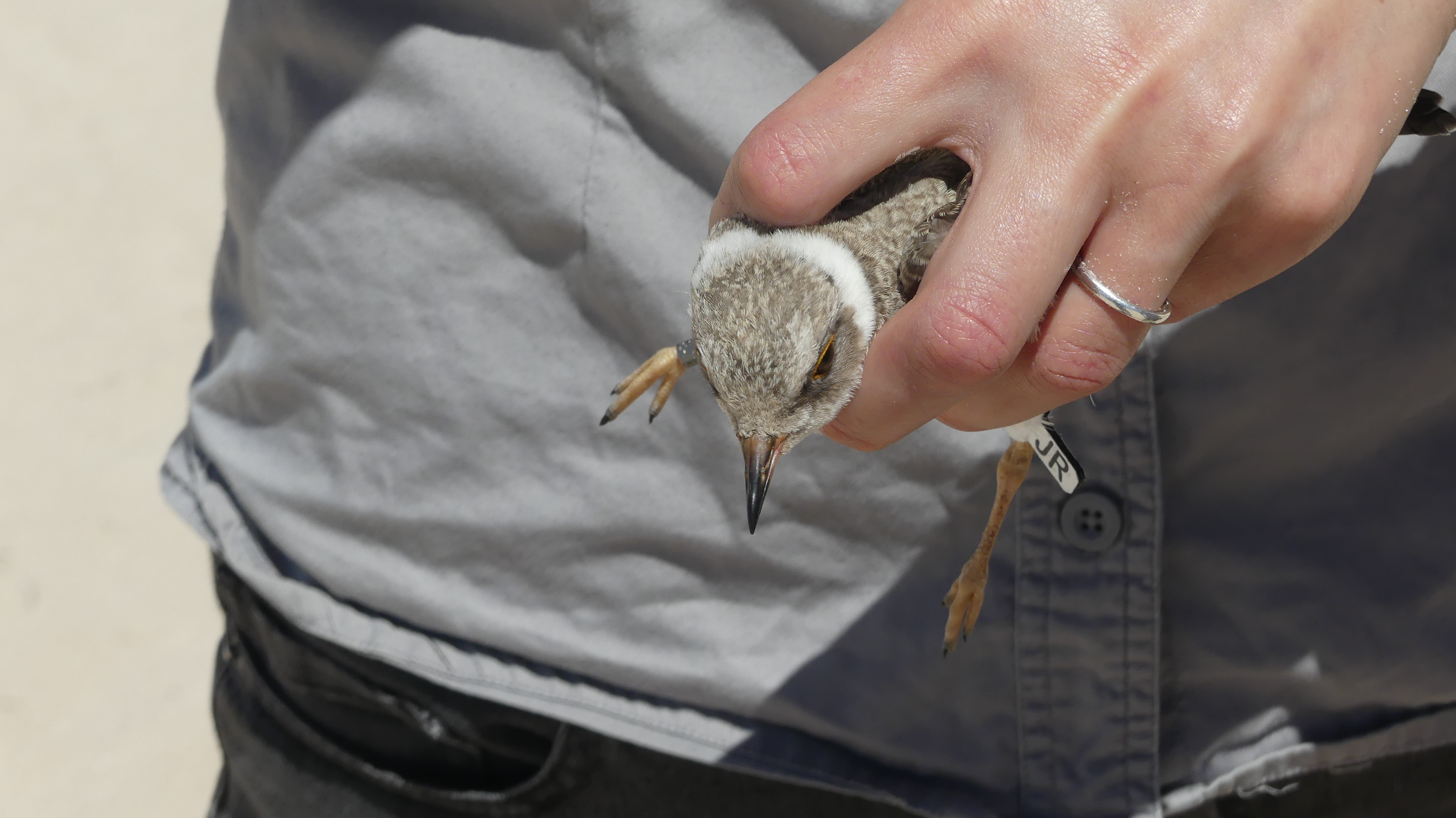
“I love the way that [nature] renews itself. I love the seasons. I particularly like autumn as I see it as a period approaching a dormant period.
I guess to some extent this reflects my northern hemisphere background where there are more clearly defined seasons and of course, most of the vegetation or a lot of the vegetation up there loses its leaves and so forth.
So unlike Eucalypts that retain their foliage, autumn is somehow more conspicuous in that environment. But that’s a period of heading towards a dormant period; it’s the stocking up of supplies.
And then spring, of course, is a period of everything is bursting out in terms of blossom, the vegetation is growing, it’s all new growth, it’s renewal. And of course animals are breeding, very often, in the spring. So it’s a period of hope. So those are [my] two favourite seasons.”
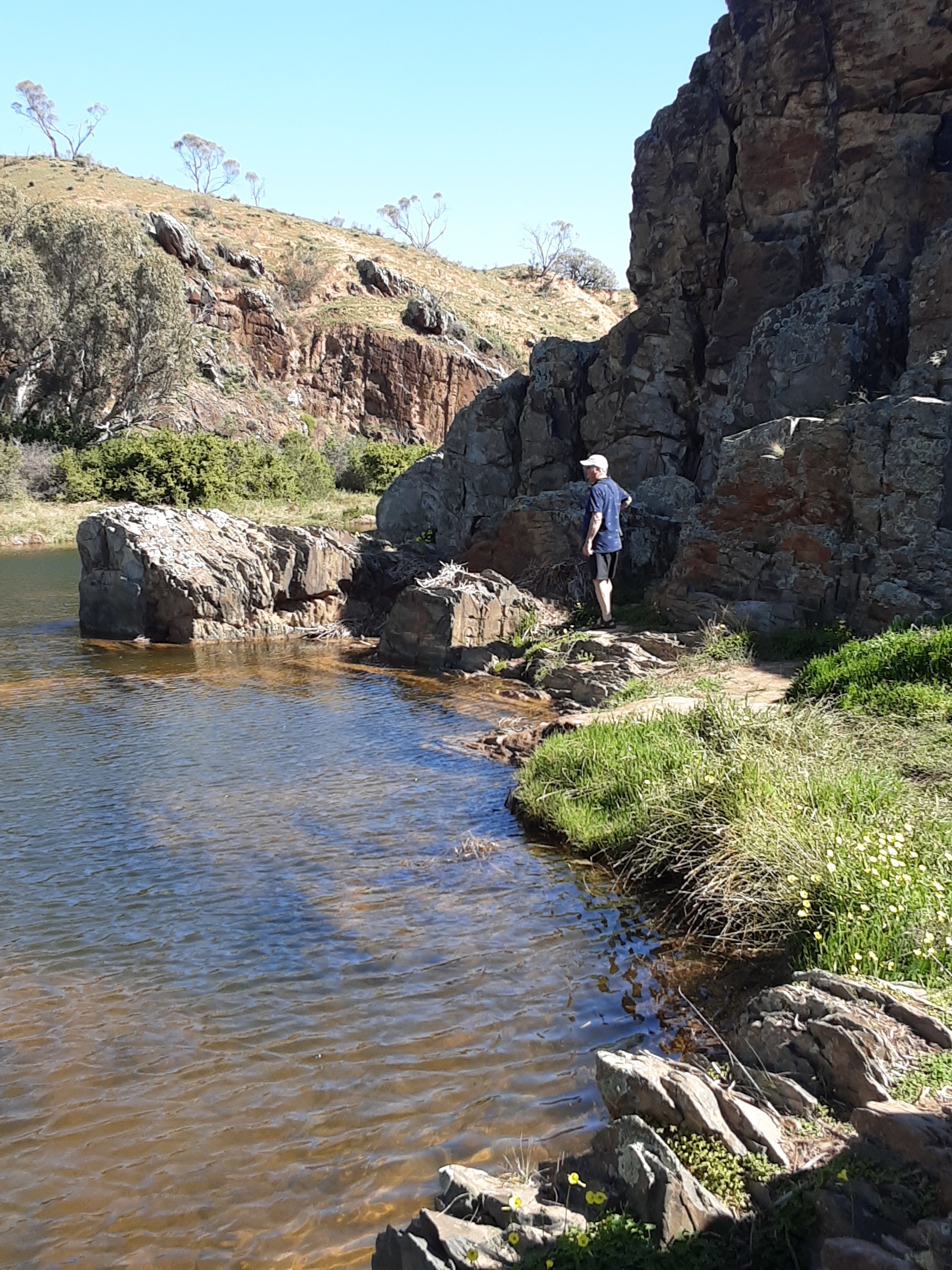
“I guess the word renewal is so important, that nature has a capacity to renew itself. So things that die turn into ultimately compost and support the life of the next generation and so forth. Renewal is so important.
And we’re no different to any other animal. Somehow people think that we are different – but we’re not. We’ve got to be more environmentally aware. We’ve got to be less selfish.
We’ve got to seek a more sustainable lifestyle and that’s all around protecting natural resources, it’s all around trying to combat the rise in temperatures through strategies like greenspaces, canopy cover, careful or improved design of houses, open spaces – there’s a whole range of things that we need to be doing to be sustainable.
I think endless growth is something that seems to be the holy grail – we’ve got to have growth, we’ve got to have development, we’ve got to constantly have, you know what I mean, increase in housing and so forth – where does it all stop?
Resources are finite. Water supply, land, various natural resources are all finite and we can’t carry on developing and growing, we’ve got to become more sustainable.”
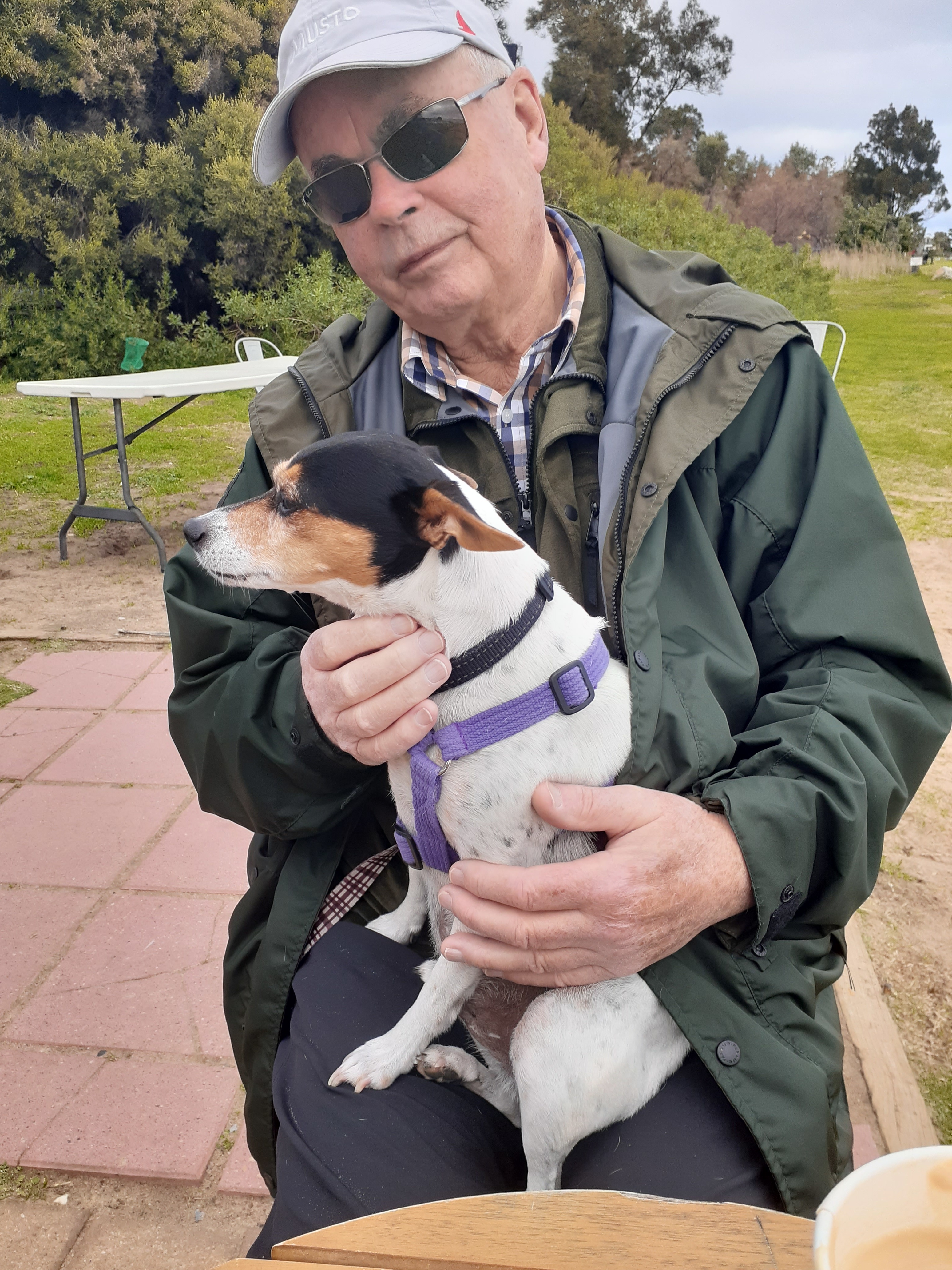
Humans of Green Adelaide is a first-person series about the people of Adelaide and their connection with nature. Come on everyone, let’s green Adelaide!